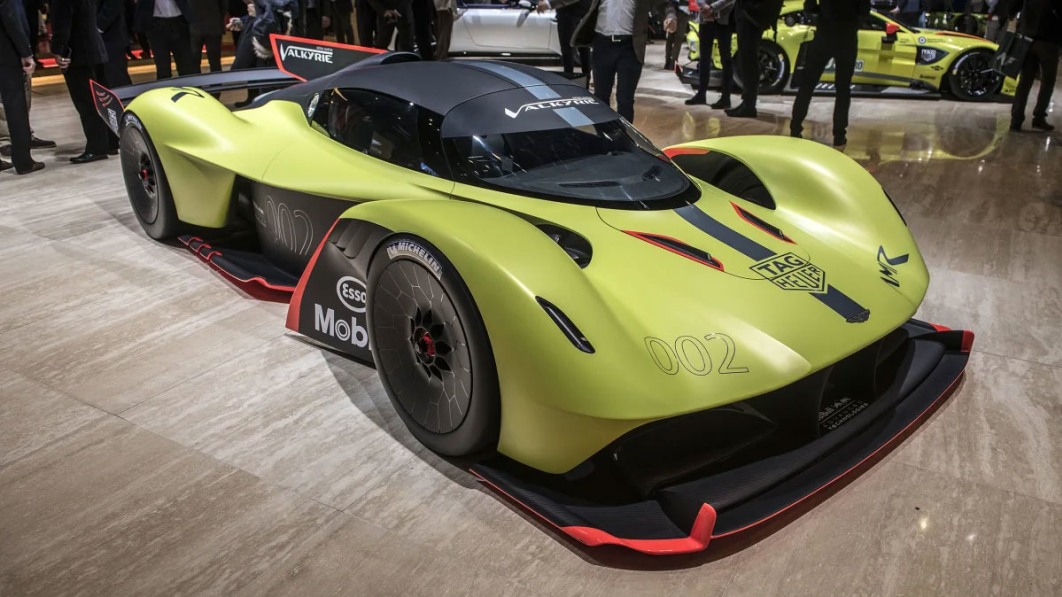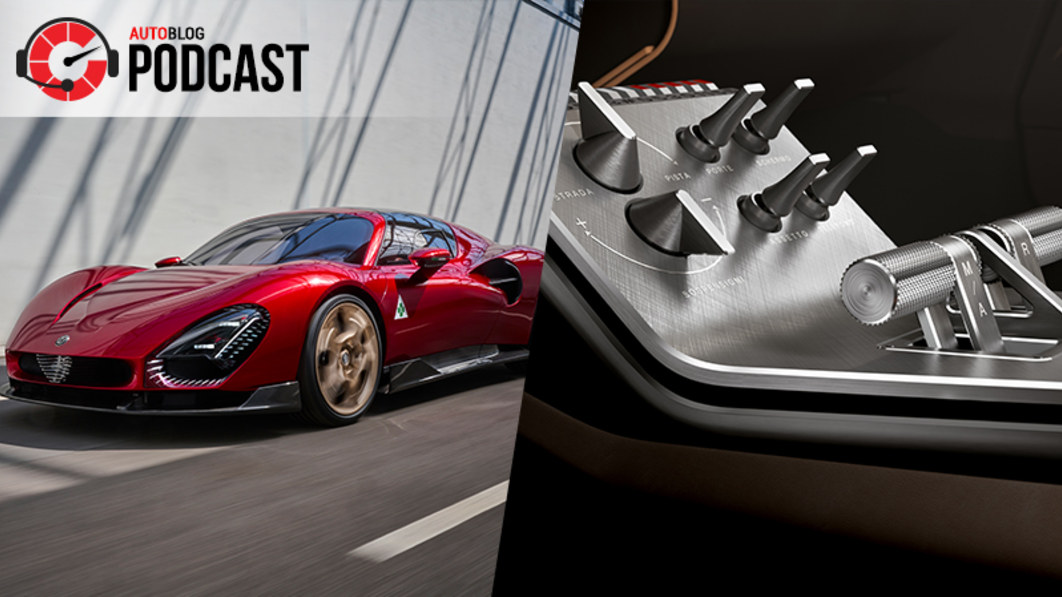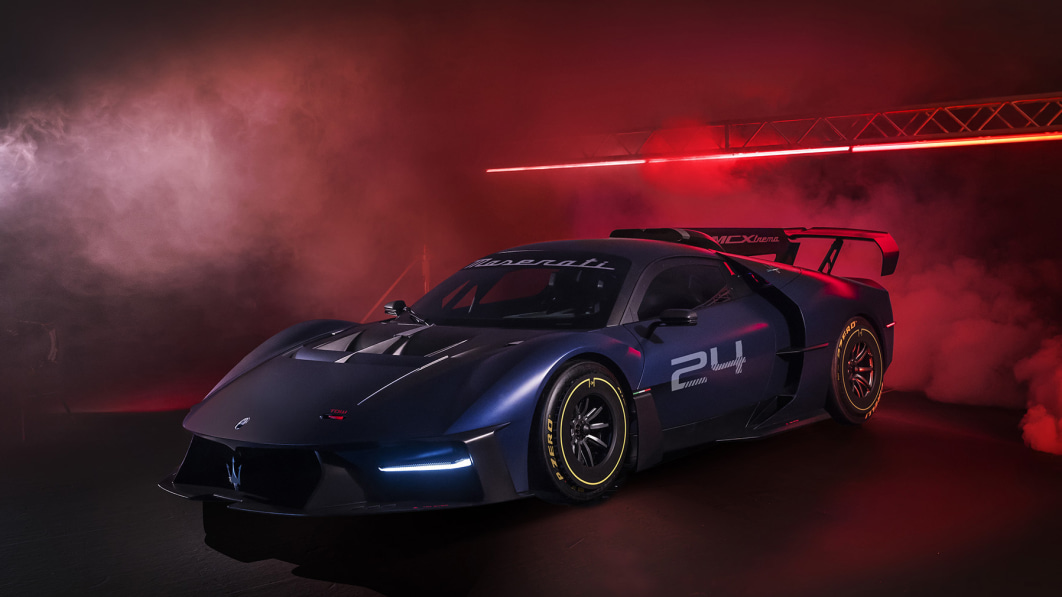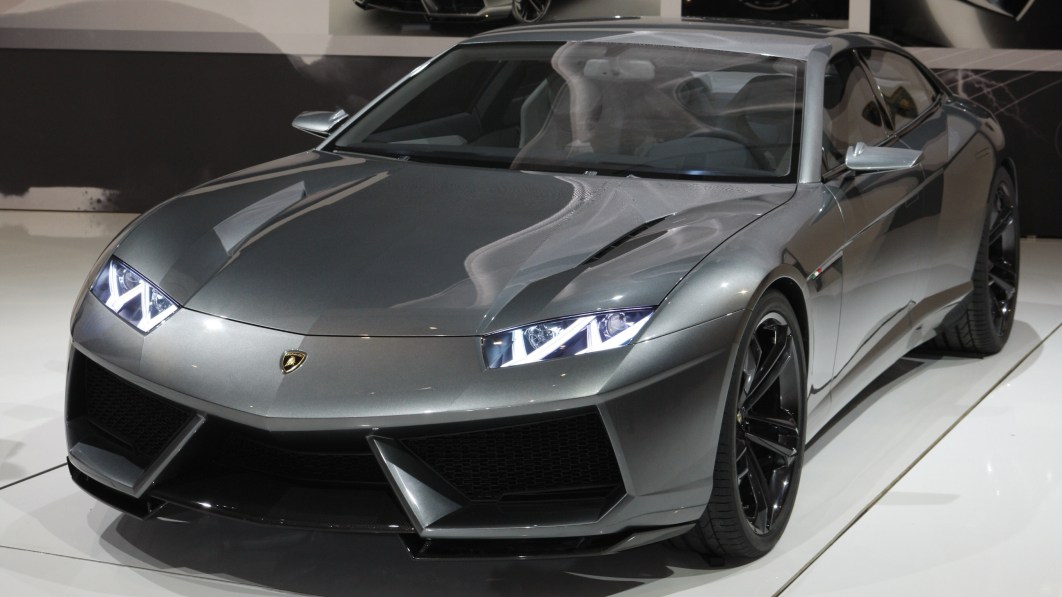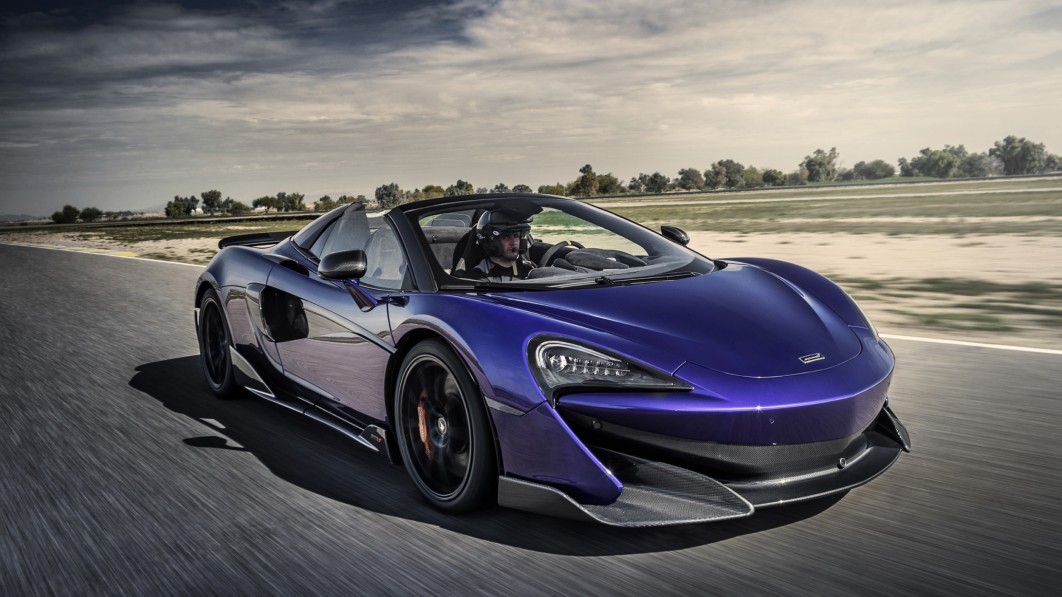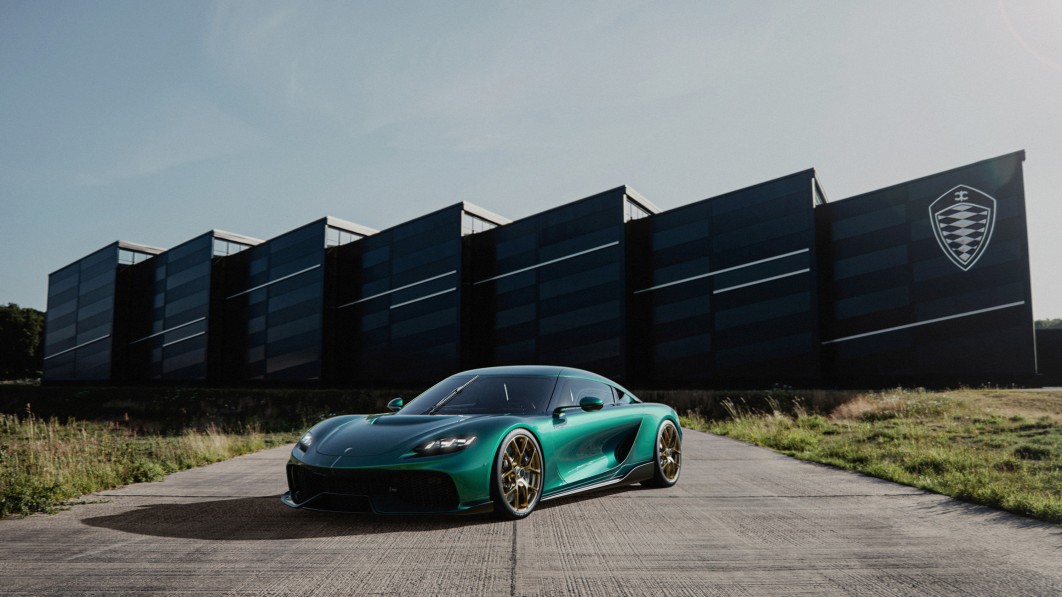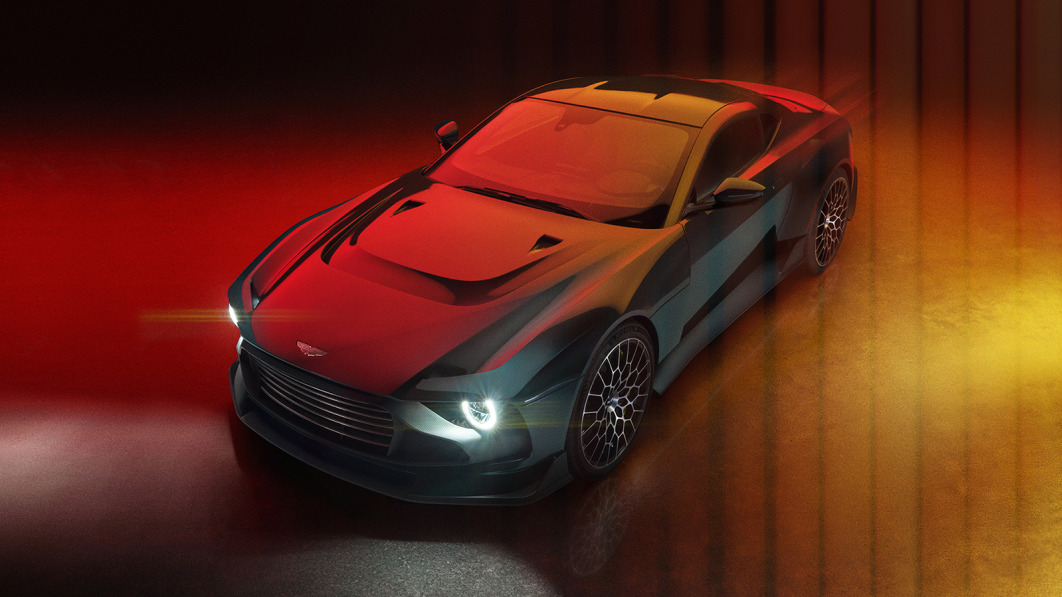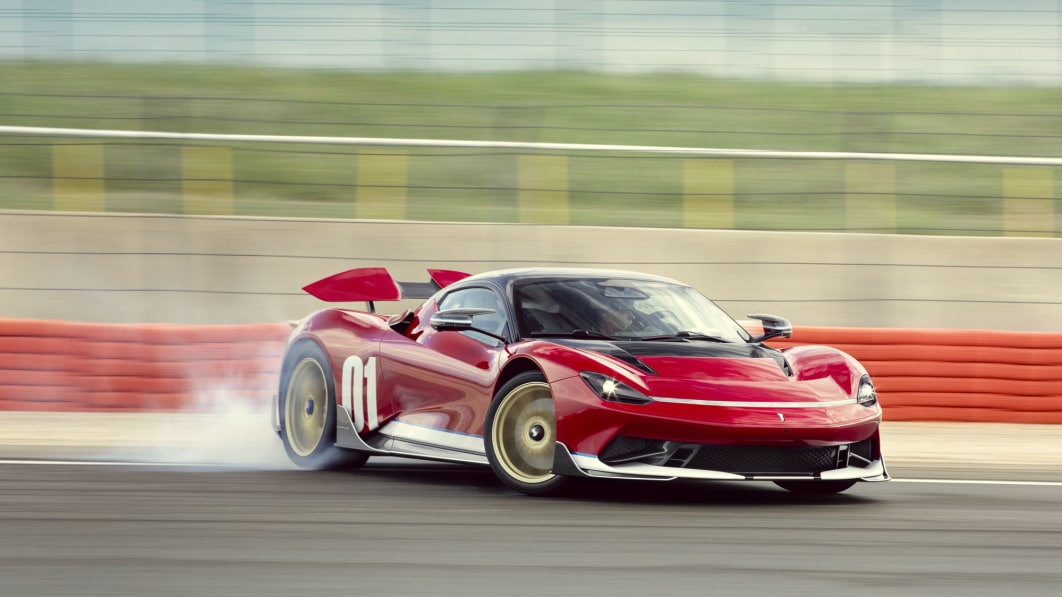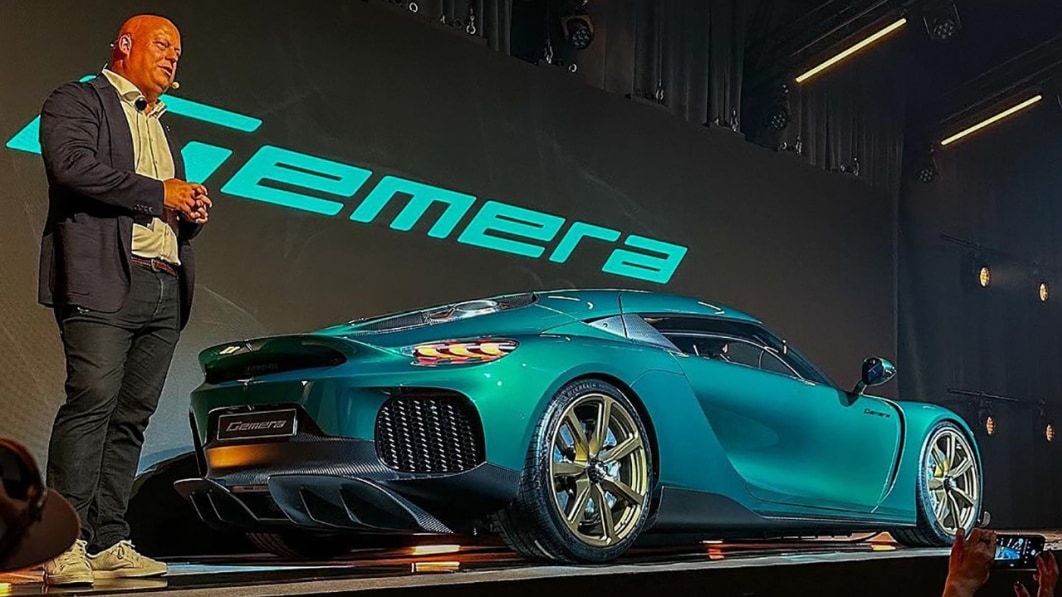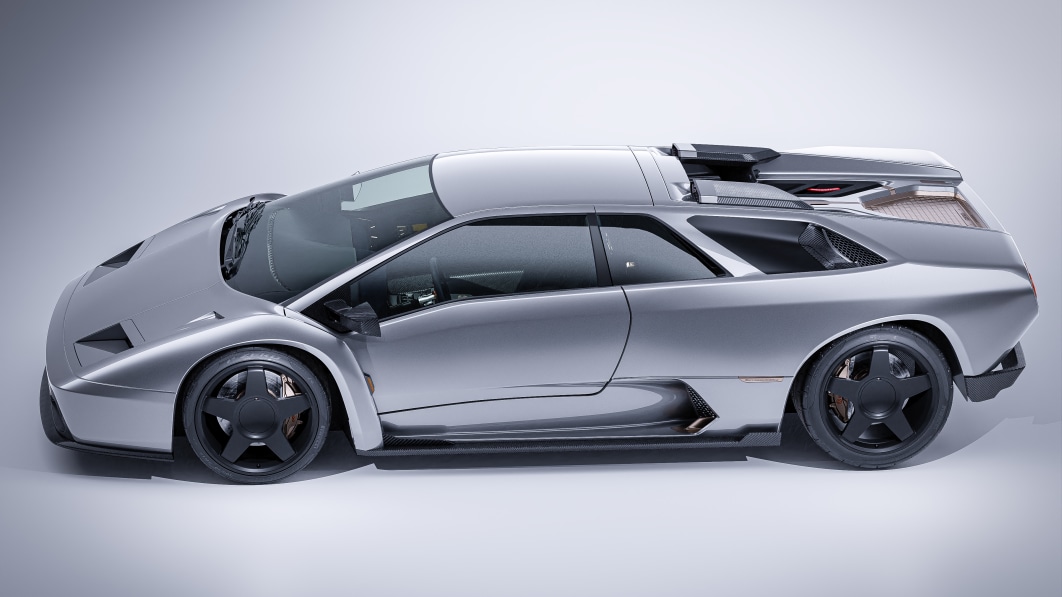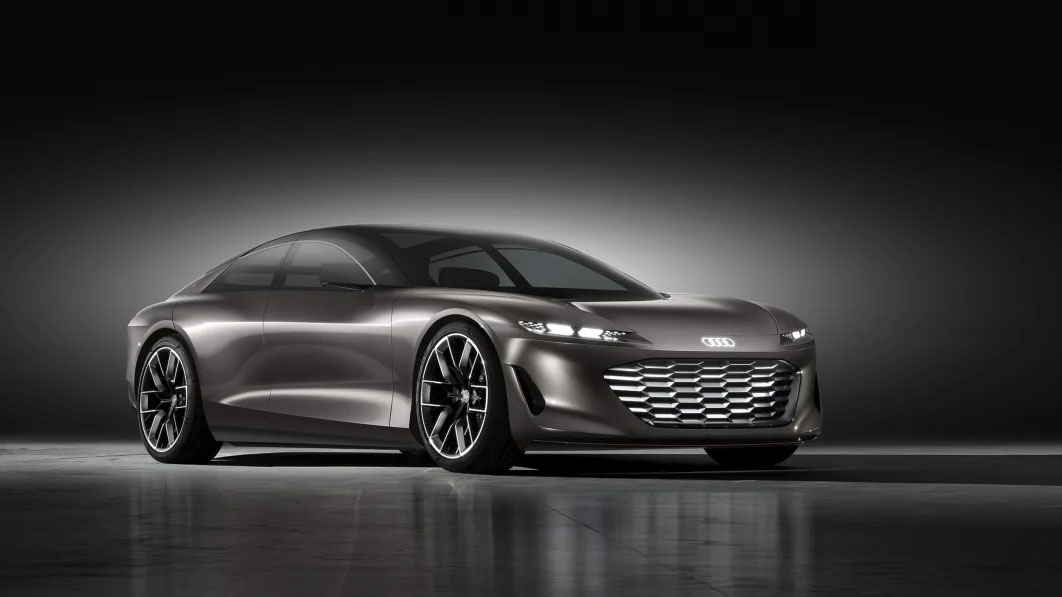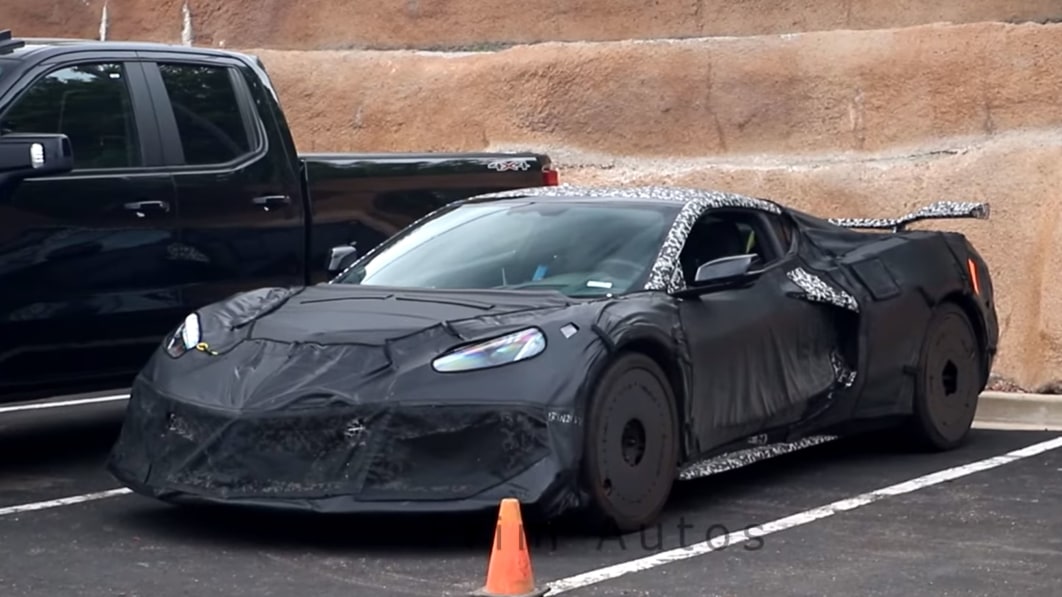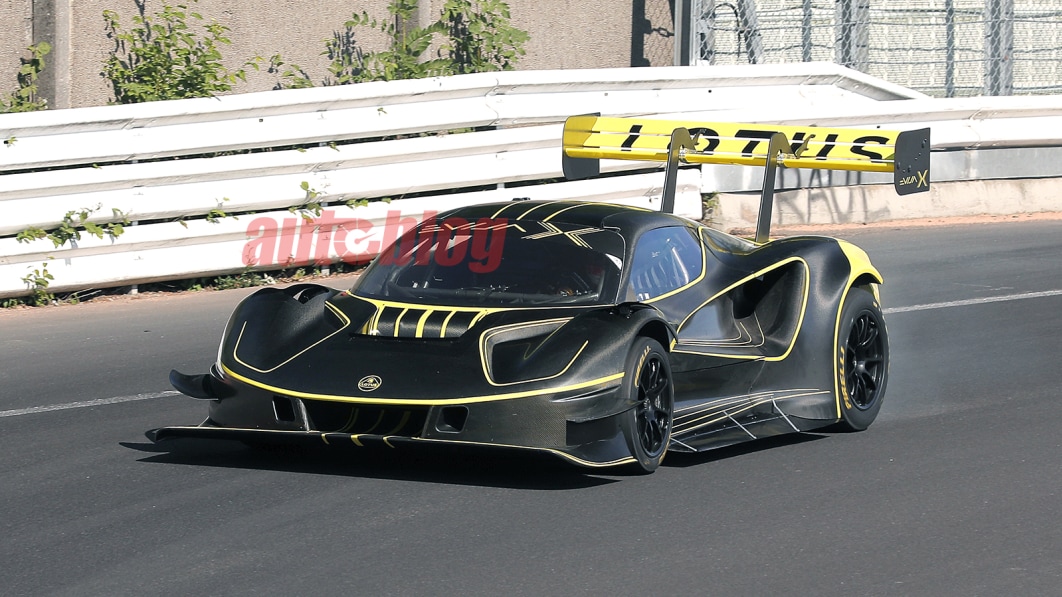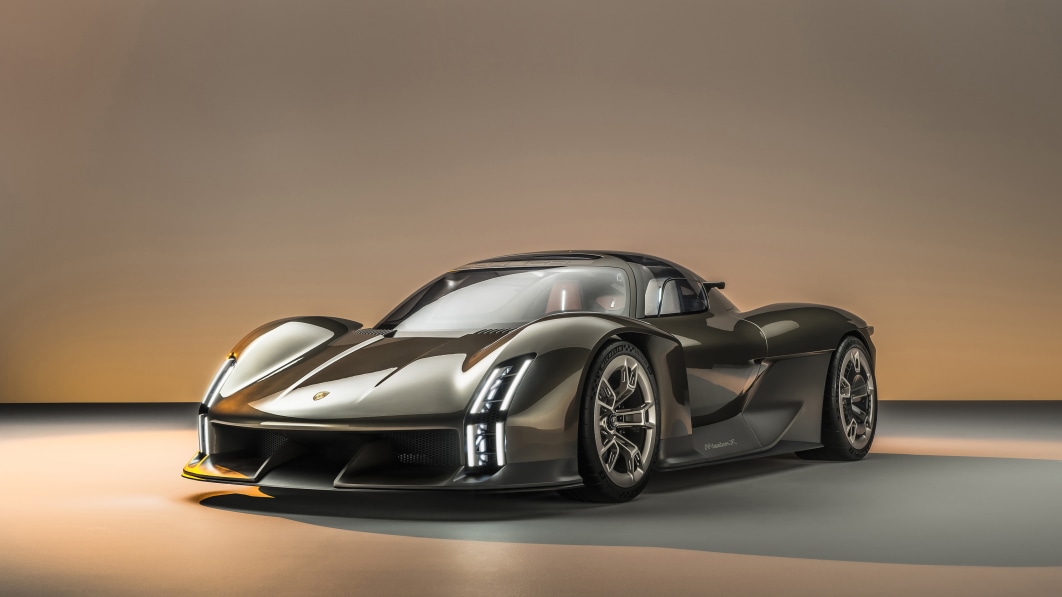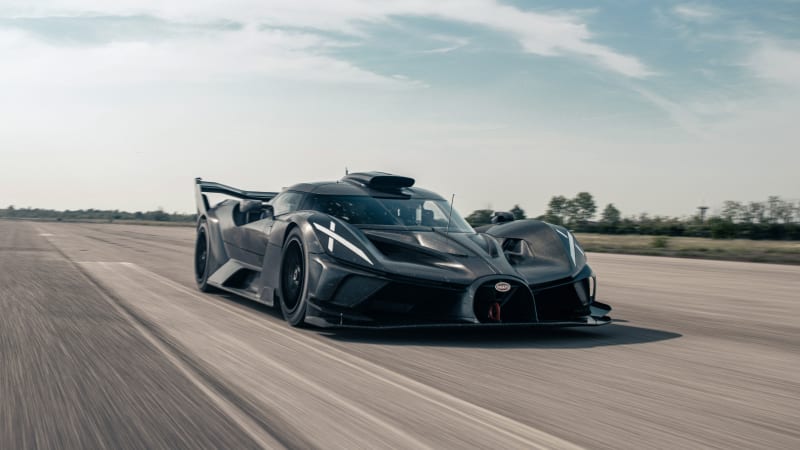Frequent interviews with Porsche CEO Oliver Blume include a question as to when we’ll see another Porsche hypercar. He once answered the queries with some version of “not until the middle of the decade at the earliest least.” His most recent answer, from April of this year, pushed that back toward the end of the decade; Blume and R&D chief Michael Steiner say current battery technology isn’t prepared to satisfy the demands a Porsche hypercar would make on it, so everyone will need to wait for next-gen cells due in four or five years. So the car you see here, the Porsche Mission X concept, isn’t the next Porsche hypercar and at the moment isn’t planned for sale. However, the battery-electric two-seater with the “ultra high-performance” powertrain is full of indicators about what might be down the road.
Dressed a specially created Rocket Metallic with satin carbon fiber accents, dimensions 177 inches in length and 78.7 inches in width fit the concept into same rough footprint as the 2003 Carrera GT and 2013 918 Spyder. The 20-inch wheels in front and 21-inchers in back eat up nearly half the two-seater’s 47.2-inch height. Since this concept counts as one of the brand’s 75th birthday presents to itself, historic cues mix with modern ones. The illuminated DRLs in the photos rework the four-point signature seen on the automaker’s road cars. At the same time, the DRLs and the four LED main beams buried in the lattice support structure call back to the stacked double headlights that sat inches off the ground on Le Mans racers like the 906 and 908. Passengers enter through doors that swing up and forward like those on top-class Le Mans prototypes going back decades, then sit under a glass dome built around a skeleton of carbon fiber reinforced plastic. And the Mission X marks the debut of Porsche’s new crest.
It’s all modern in back. A horizontal lattice supports thin, ornate LED taillights that bracket floating, illuminated Porsche logotype. When charging, the “E” pulses in white.
The cabin begs even onlookers to hit top speed. The carbon-backed seats and their six-point harnesses appear largely built into the tub. Both feature Andalusia Brown lowers, the driver’s throne additionally signified by the Kalahari Gray upper. There are four paddles behind the steering yoke — we’re not sure what they control other than the obvious guess of regen braking. The ornate stopwatch in front of the passenger is a removable unit clipped into a bayonet system on the instrument panel, created by Porsche Design. At the track, the stopwatch could be used in conjunction with the multiple built-in cameras. One imagines other accessories, like a screen, could go here when not on the track.
Porsche calls it a “reinterpretation of a hypercar,” but we don’t know enough about the Mission X yet to understand what that means. Drivetrain and output specs weren’t included with the reveal. We’ve been told the battery sits behind the cockpit in a way that mimics mid-engined dynamics, the setup called “e-core.” The automaker said that were the street-legal coupe to get a production run, it would aim to “be the fastest road-legal vehicle around the Nürburgring Nordschleife; have a power-to-weight ratio of roughly one hp per 2.2 lbs.; achieve downforce values that are well in excess of those delivered by the current 911 GT3 RS; offer significantly improved charging performance with its 900-volt system architecture and charge roughly twice as quickly as the current Porsche frontrunner, the Taycan Turbo S.”
Starting from the top, the Mission X has the Mercedes-AMG One in its sights, the other Stuttgart hypercar maker owning the Nordschleife record with a time of 6:35.18. That’s about 22 seconds faster than the 918 Spyder ran the lap, the 918 the first production car to break the seven-minute barrier.
The power-to-weight ratio is measured in metric horsepower, so 0.986 of our American ponies per kilogram. The 918 Spyder weighed about 3,650 pounds, or 1,656 kilograms. Given the weight of an electric hypercar — the Rimac Nevera weighs about 5,070 pounds or 2,300 kg — we might think a Mission X comes in at 1,700 hp on the extreme low end to as much as 2,300 hp.
The GT3 RS produces as much as 860 kg (1,896 pounds) of downforce but uses a giant wing and other aero addenda to do it, meaning the undisturbed Mission X concept’s glasshouse and upper surfaces are hiding an underbody full of chicanery.
And the Taycan Turbo S maxes out at 270-kilowatt charging to go from 5% to 80% state of charge in a little more than 20 minutes. Read: The Mission X concept should fill-up quick.
As for the chances of a version you can buy, Porsche says Mission X “production to be decided in due time.” We have no doubt the phones at HQ have been ringing with “name-your-price” offers all day. We don’t see why Porsche would miss the chance to celebrate its birthday with a cool new concept, some treats for its best clients, some icons for posterity and a stupendous haul of loot.
Related video:


